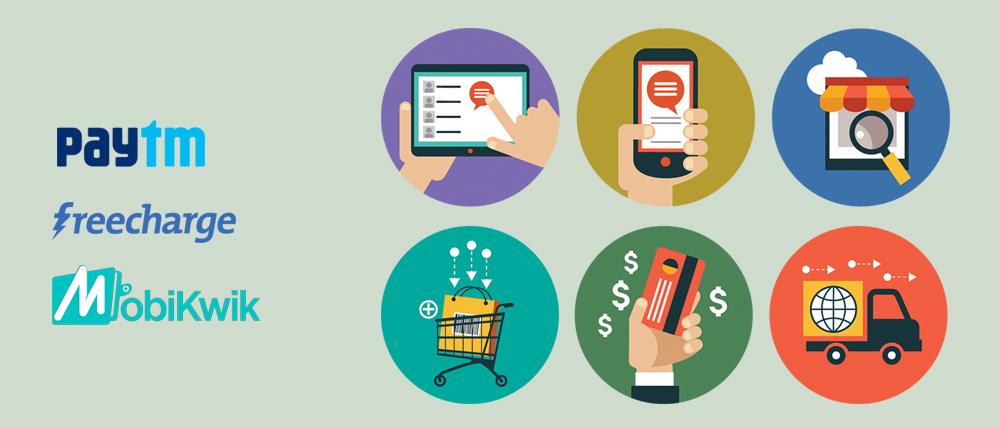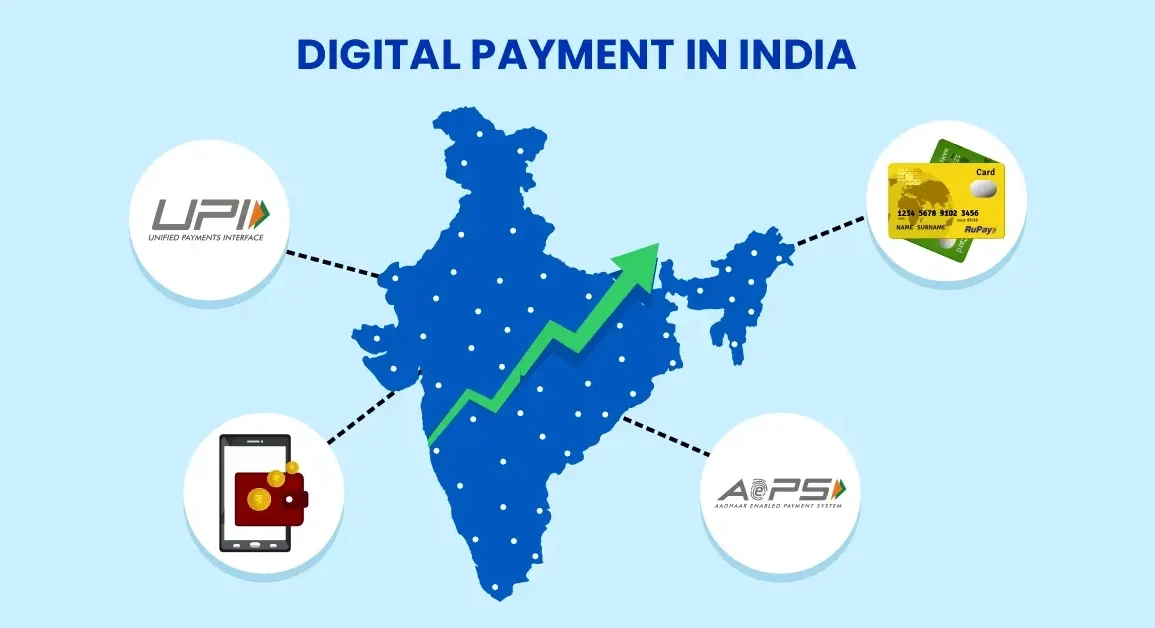India’s digital payments ecosystem has witnessed exponential growth in recent years, with the country seeing a significant rise in the adoption of digital payment modes. As the government continues to promote a cashless economy, the future of digital payments in India looks brighter than ever. We will explore the future of India’s digital payments ecosystem and the factors that will shape its trajectory.
Rise of Contactless Payments
Contactless payments are the new norm in India’s digital payments ecosystem. With the increasing demand for convenience and speed, contactless payments have become a preferred choice for customers. According to a recent report, the total transaction value of contactless payments in India is expected to reach ₹40 trillion by 2025. This growth is largely driven by the adoption of mobile wallets, QR code payments, and biometric-based authentication.
In the future, we can expect to see more development in the contactless payments space, with the introduction of innovative technologies like tokenization and, possibly, even implantable chips. Tokenization, for instance, allows users to make payments without sharing their actual card numbers, enhancing security and efficiency. The Indian government’s push for digital payments will also continue to drive the adoption of contactless payments, with the aim of reducing cash-based transactions.
The Role of Artificial Intelligence and Machine Learning

Artificial intelligence (AI) and machine learning (ML) are set to play a crucial role in shaping the future of India’s digital payments ecosystem. AI-powered chatbots and ML-driven fraud detection systems will become increasingly common, enabling faster and more secure transactions. For instance, AI-powered authentication systems will help reduce the risk of identity theft and fraudulent transactions.
Moreover, AI and ML will also help improve the user experience by enabling personalized offers and recommendations, as well as streamlining the payment process. For example, AI-powered payment gateways will be able to analyze a user’s transaction patterns and suggest relevant payment options, making the entire process more user-friendly.
Fintech Innovations and Partnerships
Fintech innovations and partnerships will continue to drive the growth of India’s digital payments ecosystem. The rise of fintech companies has led to the development of new payment products and services, such as peer-to-peer payment apps and digital credit card solutions. These innovations have not only disrupted traditional payment methods but also enabled greater financial inclusion.
In the future, we can expect to see more partnerships between fintech companies, banks, and other financial institutions. These collaborations will likely lead to the development of new products and services that offer customers greater convenience, security, and flexibility. For instance, partnerships between fintech companies and banks may lead to the introduction of new digital lending products, enhancing access to credit for a wider range of customers.
India’s digital payments ecosystem is poised for further growth and transformation, driven by factors such as contactless payments, AI and ML innovation, and fintech collaboration. As the government continues to promote a cashless economy, the future of digital payments in India looks brighter than ever. With the adoption of new technologies and the development of innovative products and services, India’s digital payments ecosystem is set to become one of the most advanced and efficient in the world.


